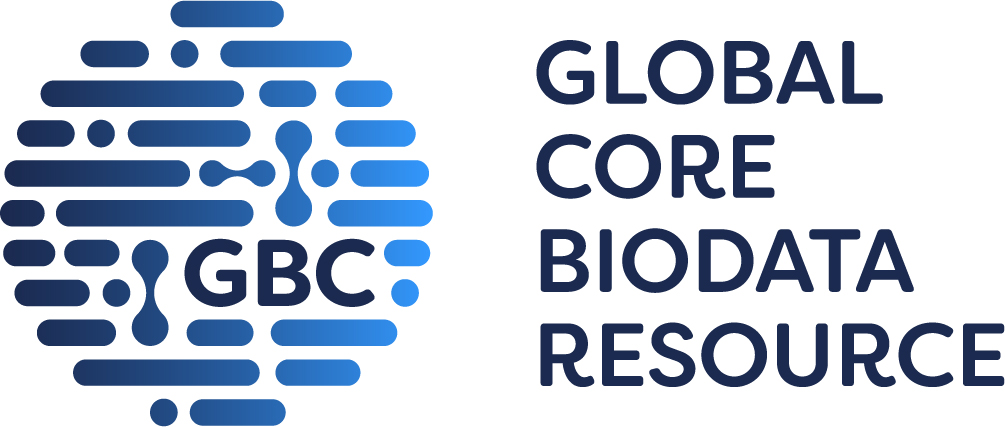
talinolol [Ligand Id: 4664] activity data from GtoPdb and ChEMBL
Click here for a description of the charts and data table
Please tell us if you are using this feature and what you think!
| ChEMBL ligand: CHEMBL152067 (Talinolol) |
|---|
There should be some charts here, you may need to enable JavaScript!
|
There should be some charts here, you may need to enable JavaScript!
|
There should be some charts here, you may need to enable JavaScript!
|
| DB | Assay description | Assay Type | Standard value | Standard parameter | Original value | Original units | Original parameter | Reference |
|---|---|---|---|---|---|---|---|---|
| β1-adrenoceptor/Beta-1 adrenergic receptor in Human (target type: SINGLE PROTEIN) [ChEMBL: CHEMBL213] [GtoPdb: 28] [UniProtKB: P08588] | ||||||||
| ChEMBL | Binding affinity to beta1 adrenergic receptor (unknown origin) by radioligand binding assay | B | 6.62 | pKi | 240 | nM | Ki | ACS Med Chem Lett (2019) 10: 899-903 [PMID:31223445] |
| β2-adrenoceptor/Beta-2 adrenergic receptor in Human (target type: SINGLE PROTEIN) [ChEMBL: CHEMBL210] [GtoPdb: 29] [UniProtKB: P07550] | ||||||||
| ChEMBL | Binding affinity to beta2 adrenergic receptor (unknown origin) by radioligand binding assay | B | 6.05 | pKi | 900 | nM | Ki | ACS Med Chem Lett (2019) 10: 899-903 [PMID:31223445] |
| epoxide hydrolase 2/Epoxide hydratase in Human (target type: SINGLE PROTEIN) [ChEMBL: CHEMBL2409] [GtoPdb: 2970] [UniProtKB: P34913] | ||||||||
| ChEMBL | Inhibition of recombinant human full length soluble epoxide hydrolase (1 to 555 residues) expressed in Escherichia coli BL21(DE3) using non-fluorescent PHOME as substrate preincubated for 30 mins followed by substrate addition and measured after 30 mins by fluorescence based assay | B | 5.55 | pIC50 | 2800 | nM | IC50 | ACS Med Chem Lett (2019) 10: 899-903 [PMID:31223445] |
ChEMBL data shown on this page come from version 35:
Zdrazil B, Felix E, Hunter F, Manners EJ, Blackshaw J, Corbett S, de Veij M, Ioannidis H, Lopez DM, Mosquera JF, Magarinos MP, Bosc N, Arcila R, Kizilören T, Gaulton A, Bento AP, Adasme MF, Monecke P, Landrum GA, Leach AR. (2024). The ChEMBL Database in 2023: a drug discovery platform spanning multiple bioactivity data types and time periods. Nucleic Acids Res., 52(D1). DOI: 10.1093/nar/gkad1004. [EPMCID:10767899] [PMID:37933841]
Davies M, Nowotka M, Papadatos G, Dedman N, Gaulton A, Atkinson F, Bellis L, Overington JP. (2015) 'ChEMBL web services: streamlining access to drug discovery data and utilities.' Nucleic Acids Res., 43(W1). DOI: 10.1093/nar/gkv352. [EPMCID:25883136]








